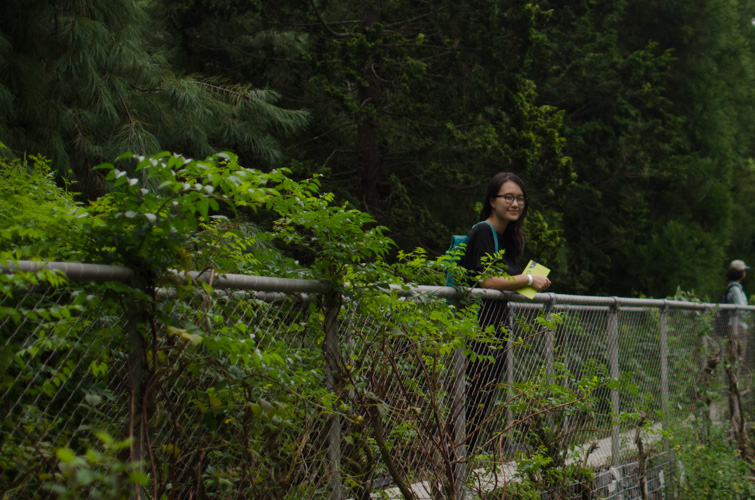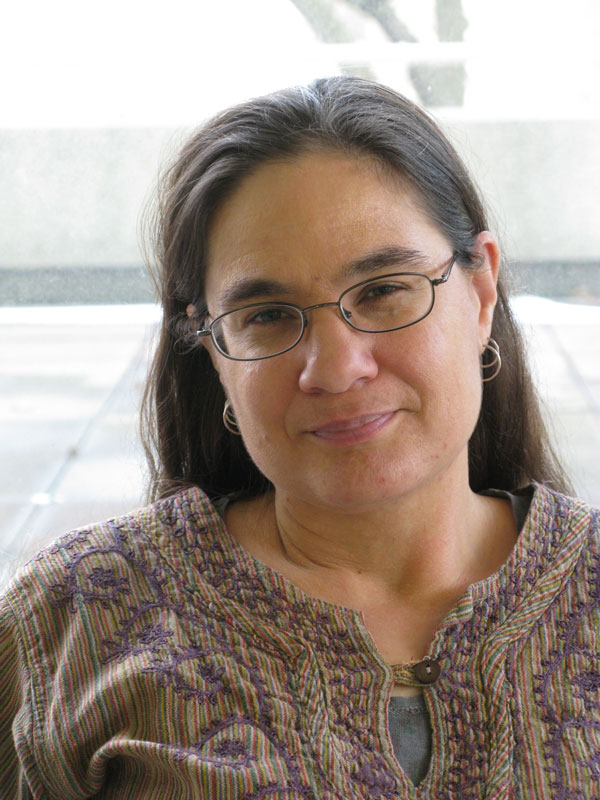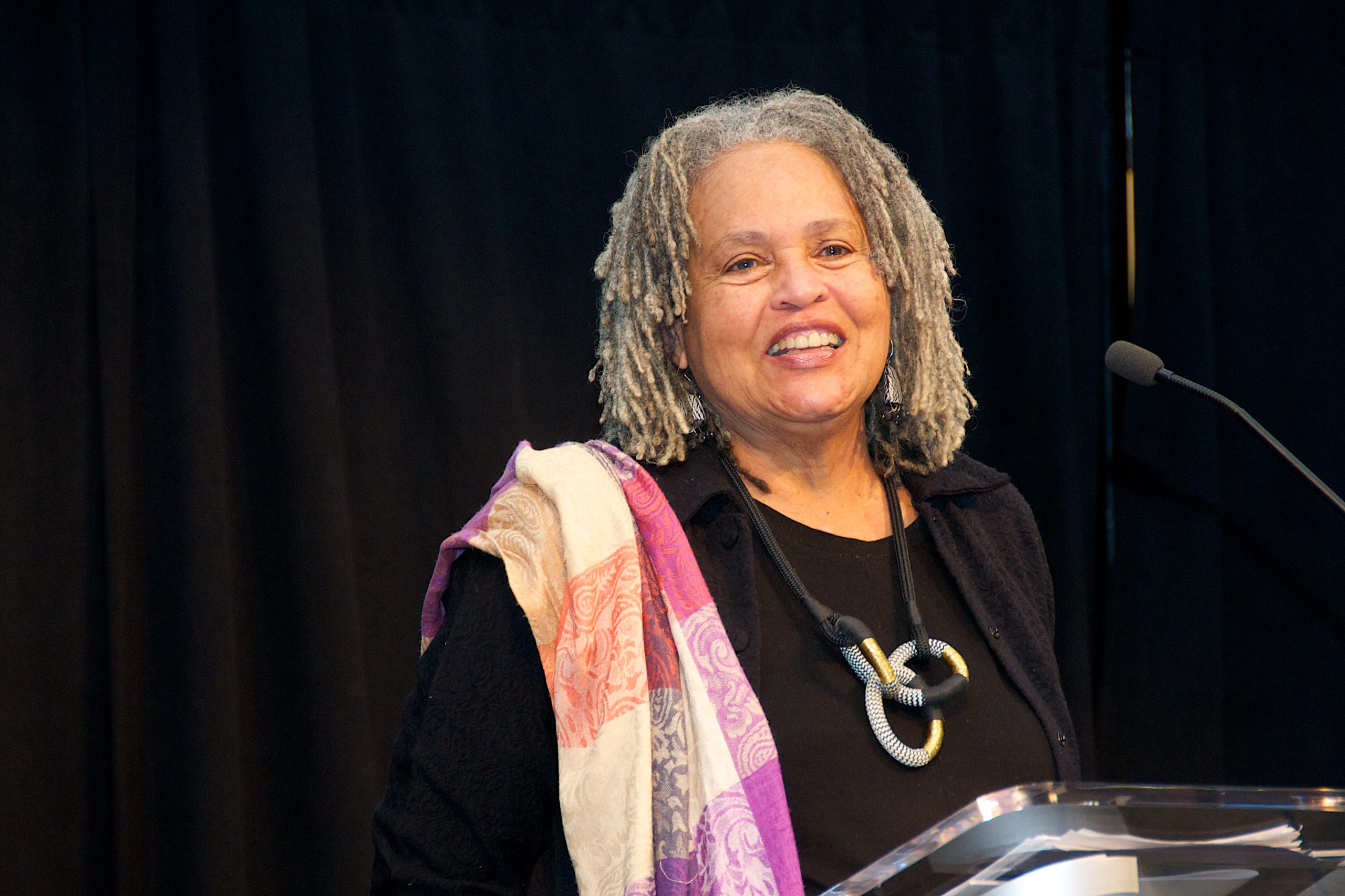Arjun Gopinath, 17, participated in the first college-level Anisfield-Wolf class, pioneered by Dr. Lisa Nielson at Case Western Reserve University. The class read essays, poems and books by Anisfield-Wolf Book Award winners, attended the September awards ceremony and did original research on topics inspired by the course.
“Being an international student, I had this paranoia that my level of writing wouldn’t match the level of an average American student, but the small seminars – such as the Anisfield-Wolf course – have helped me get in sync with writing and not be afraid of it anymore,” wrote Gopinath, who grew up in Bangalore, India.
His essay on Far From the Tree is one of a selection from students featured on this site.
By Arjun Gopinath
There is a huge variety of parenting books available in the bookstore: Parenting for Teenagers, How to take care of your Asian daughter, and so forth. But there was one missing from the self-help section that I found on the shelf reserved for bestsellers: Far from the Tree by Andrew Solomon. After hearing Solomon speak at the Anisfield-Wolf ceremony, I was eager to read this book that explored the families of children who had what Solomon calls “horizontal identities.”
Once I opened the book, I was lost in the beauty of Solomon’s writing. The sad tales and the happy tales of different families left me aghast.
Solomon proposes that children who are different, who have fallen “far from the tree” derive their identities from others like them: “Someone has an inherited or acquired trait that is foreign to his or her parents and must therefore acquire identity from a peer group.” The writer looks at the families of children who are physically or mentally disabled, gay, prodigies – 10 categories in all — and asks how they develop horizontal identities.
In interviews with more than 300 families, Solomon invites them to the front of the room to share little incidents and grave difficulties. In many ways, he is the perfect writer for the subject— nuanced, thorough, humane, and a gifted stylist. As he works toward the root of this conflict, Solomon pushes horizontal identity as far as it will go. He examines deafness and dwarfism, Down syndrome, autism, schizophrenia, multiple severe disability, early genius, conception through rape, criminal behavior, and transgender — bringing new light to these conditions by considering them across category. He lets the families talk, and when bonds within families begin to fray, he seeks to understand what went wrong.
In one instance, David and Sara Hadden had the seemingly perfect life – married in their early twenties with plum jobs in the heart of New York City. Soon, Sara gave birth to a first son, Jamie, in August 1980. Three days later, Jamie turned blue. The infant’s breathlessness soon transitioned into salt-and-pepper pigmentation of his retina. Doctors said that Jamie would be completely blind and severely retarded, incapable of speech, feeding himself or urinating on his own. But the doctors also assured the Haddens that Jamie’s condition was anomalous, and so Liza was born when Jamie was four, and Sam followed four years later. The condition that disabled Jamie skipped Liza but struck Sam with a greater ferocity. After the family won a legal settlement, Jamie and Sam went to a group home. Tragically, an oversight by a caretaker let Sam drown in a bathtub. Despite their immense grief, the Haddens refused to prosecute the caretaker. Why? “It could have been any of us.”
Parenting is an extremely difficult occupation. Yes, I used the word “occupation.” And children are terrible employers. When a child requires extra care, there is no way to quantify the stress and cost. Parents of disabled children may fight for their children’s rights, may give up jobs and outside lives. The Donovans, whose son Liam suffers from the CHARGE syndrome, asked themselves if he would have been better off dead than alive. For parents of children in such crises, morals can conflicts with parental love.
Solomon reaches into his own life for one example.
One day while shopping for shoes in New York, little Andrew – unlike his brother –picked a pink balloon over a blue balloon offered by a salesman in an Indian Walk Store. His mother persistently nudged him to pick a blue balloon, insisting “it was his favorite color.” Much later, she told him, “When you were little, you didn’t like to do what other kids liked to do, and I encouraged you to be yourself, although I sometimes think I let things go too far.”
In this book, the reader travels trough unseen incidents and unheard narratives that can truly change one’s view of the world. We glimpse, for example, how a transgender child, Kim struggled for years to tell her parents about her transition, and yet her mother accepted it with no qualms (“I love my child; the intelligent, caring, humorous person is still there”). We witness the parents of a drug-addicted criminal take in the granddaughters.
“Solomon moves in the opposite direction – instead of starting with the principles and applying them to specific conditions, he’s starting with the conditions and progressing toward where they converge,” writes the critic Nathan Heller of The New Yorker. This is a quite fascinating approach.
As Solomon finishes one chapter and begins the next, the reader moves from the end of one emotional rollercoaster to the beginning of the next. “Far From the Tree” engenders empathy and shifts in thinking. Solomon considers the profound change cochlear implants have made for many in the deaf community, and asks the painful question of whether parents of gay children might embrace a similar device to make their child straight.
Solomon writes, with frankness, “In my adulthood, being gay is an identity; the tragic narrative my parents feared for me is no longer inevitable.” In an effort to recast his fraught relationship with his mother and father and their reaction to his sexuality, he began studying other forms of horizontal identity, and what he discovered is truly astounding.
I wish Solomon had tucked in a chapter on children conceived through sperm banks, and perhaps another on interracial adoptions. At more than 900 pages, Far from the Tree is a “cross-section of something that defies sectioning,” an exploration of difference as it shapes family life. The book brims with science, medicine and psychological research, and it breaks ground by reducing fear and opening questions about new horizontal identities.



